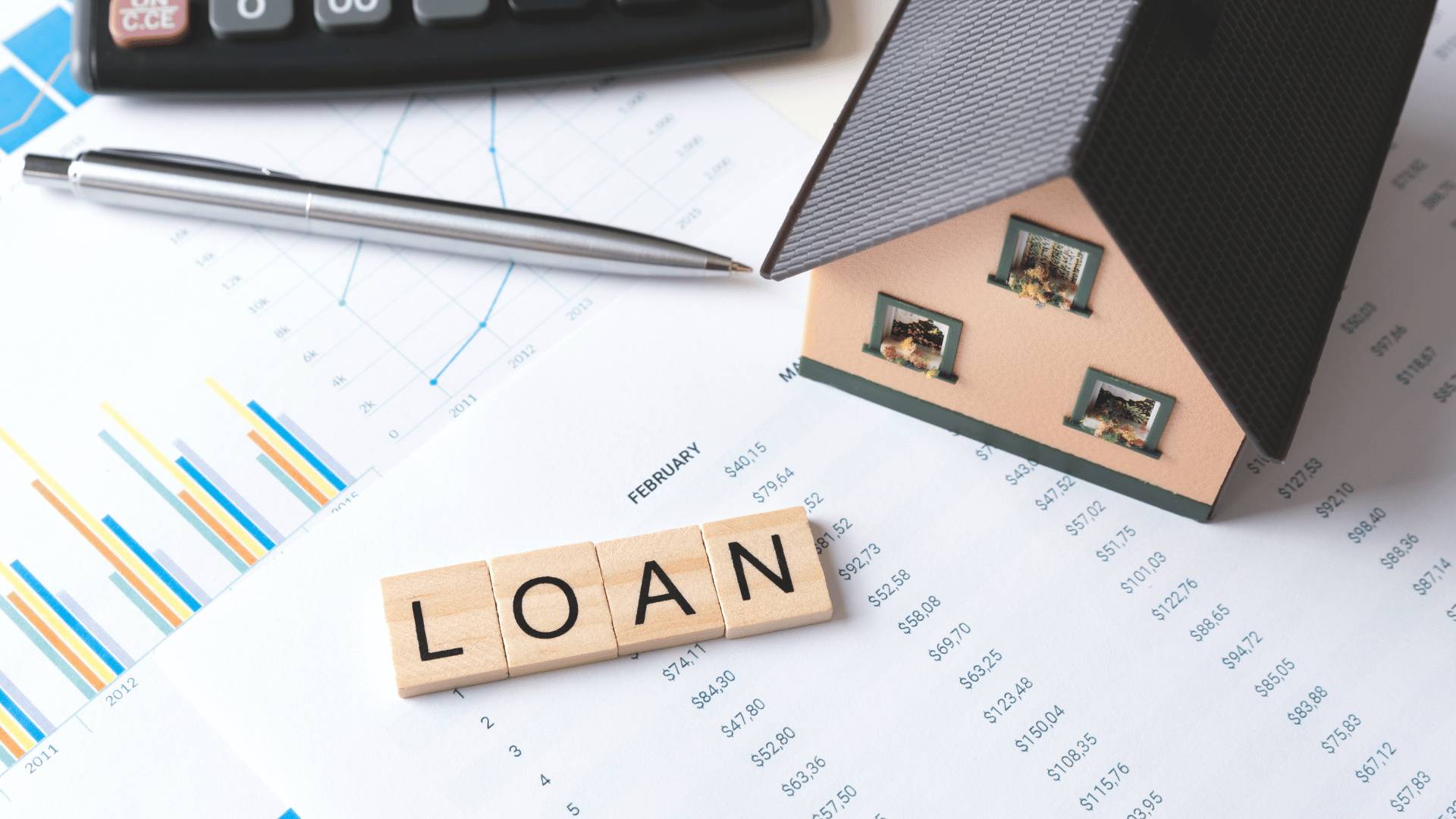The effects of high interest rates on the demand for personal loans in the Philippines can be significant and multifaceted. Interest rates play a crucial role in influencing borrowing behavior, and changes in these rates can impact both lenders and borrowers.
Based on a recent survey of TransUnion Philippines, in the second quarter of 2023, there was a 46% decrease in consumers planning to apply for personal loan versus the 53% in the previous quarter and the main reason is the rising interest rate. Nontheless, there is a growing percentage of GenZ consumers who see credit as an important financial tool.
Here are some of the effects of high interest fixed rate loan due rates on the demand for personal loans in the Philippines:
1.Reduced Borrowing Capacity:
High interest rates can increase the cost of borrowing, making personal loans less affordable for individuals. As interest rates rise, borrowers may find that the monthly payments associated with loans become more burdensome, leading to a decrease in borrowing capacity.
2. Lower Loan Affordability:
As interest rates increase, the cost of repaying loans also increases. This can lead to a decrease in the affordability of personal loans, especially for borrowers with limited disposable income. Potential borrowers might be more hesitant to take out loans due to the potential strain on their finances.
3. Shift to Savings:
High interest rates on loans can prompt individuals to prioritize saving money rather than taking on additional debt. When loan interest rates are high, consumers may opt to delay or avoid borrowing money, and instead focus on building up their savings or emergency funds.
4. Decreased Consumer Spending:
Personal loans are often used for discretionary spending, such as purchasing consumer goods, funding vacations, or making home improvements. When interest rates are high, consumers might be more cautious about taking on additional debt, leading to reduced spending on non-essential items and services.
5. Incentive for Alternative Financing:
High interest rates on personal loans can incentivize individuals to explore alternative financing options that might have lower interest rates or better terms. For savings accounts for instance, individuals might consider borrowing from friends or family, using credit cards, or exploring peer-to-peer lending platforms.
6. Impact on Big-Ticket Purchases:
High interest rates can deter consumers from making significant purchases that require financing, such as cars or major appliances. This can lead to a slowdown in industries that rely on consumer spending for growth.
7. Risk to Lenders:
While high interest rates might deter borrowers, they can also increase the risk of loan defaults. Borrowers who are already financially stretched might struggle to meet higher loan payments, potentially leading to a rise in delinquencies and defaults on mortgage loan.
8. Selective Borrowing:
Borrowers might become more selective about the types of personal loans they consider. They may prioritize loans for essential needs, such as medical expenses or education, over loans for non-essential purposes.
9. Impact on Economic Growth:
A decrease in personal loan demand due to high interest rates can have broader implications for economic growth. Reduced borrowing and spending can slow down economic activity, affecting various sectors such as retail, housing, and services.
10. Central Bank Policy Influence:
The understanding Interest rates on loans are often influenced by the monetary policy set by the central bank. High interest rates might be implemented to combat inflation or stabilize the economy. In this context, the demand for personal loans can be influenced by broader economic conditions.
The high interest rates can have a notable impact on the demand for personal loans in the Philippines. Borrowers may find it more challenging to access credit, and lenders may experience changes in loan applications and repayment behavior. It's important for both borrowers and lenders to consider these effects pay higher interest rates when assessing their financial strategies and making borrowing decisions.
How interest rates affect debt nationally
Interest and compound interest rates can have a significant impact on national debt in the Philippines, as well as on the government's ability to manage its finances effectively. Here's how interest rates can affect national debt in the country:
1. Cost of Borrowing:
When a government needs to borrow money to finance its expenditures or projects, it issues bonds or other forms of debt securities. The interest rate attached to these bonds auto loans is a critical factor in determining the cost of borrowing. Higher interest rates mean that the government will need to pay more in interest payments on its outstanding debt, increasing the overall cost of servicing the debt.
2. Budgetary Constraints:
High interest rates can put pressure on the government's budget. As interest payments on existing debt increase, a larger portion of the budget must be allocated to debt servicing. This leaves fewer resources available for other essential government programs, such as education, healthcare, infrastructure, and social services.
3. Debt Sustainability:
The sustainability of a nation's debt depends on its ability to manage its debt obligations over time without creating an unsustainable debt burden. If interest rates are too high and the government is unable to generate sufficient revenue to cover its debt payments, the risk of a debt crisis or default increases.
4. Crowding Out Effect:
High interest rates can crowd out other government expenditures and investments. When a significant portion of the budget is allocated to debt servicing, there is less room for productive investments that could contribute to economic growth. This can hinder the country's development and infrastructure projects.
5. Investor Confidence:
Interest rates can also reflect investor confidence in a country's economy. If interest rates rise due to concerns about the government's ability to manage its debt or other economic factors, it may affect interest rates and lead to reduced investor confidence. This can result in capital outflows, currency depreciation, and further economic instability.
6. Fiscal Discipline:
High interest rates can act as an incentive for the government to exercise fiscal discipline and manage its finances more prudently. Governments may be prompted to raise interest rates to implement reforms to reduce budget deficits, increase revenue, and control spending in order to alleviate pressure on interest payments.
7. Monetary Policy Impact:
Central banks often use interest rates as a tool to influence the overall economy. In the Philippines, the Bangko Sentral ng Pilipinas (BSP) or federal reserve bank that sets the policy interest rates. If the central bank raises interest rates to combat inflation, it can indirectly affect the cost of borrowing for the government as well as for consumers and businesses.
8. External Debt:
The impact of interest rates on national debt can also be influenced by the mix of domestic and external debt. If a significant portion of the country's debt is denominated in foreign currencies and subject to international interest rate fluctuations, changes in global interest rates and bond prices can affect the cost of servicing external debt.
The interest rates are determined to play a crucial role in shaping the trajectory of national debt in the Philippines. Higher interest rates can lead to increased borrowing costs, budgetary constraints, and potential challenges in debt management. It's essential for the government to strike a balance between borrowing to support economic growth and ensuring that the debt burden remains sustainable in the face of changing interest rate environments.
For more information on Vista Residences, email [email protected], follow @VistaResidencesOfficial on Facebook, Twitter, Instagram, and YouTube, or call the Marketing Office at 0999 886 4262 / 0917 582 5167.







